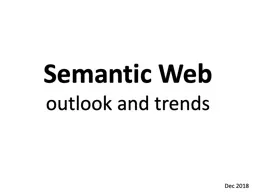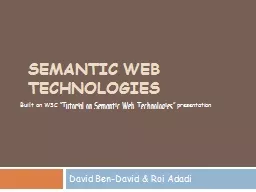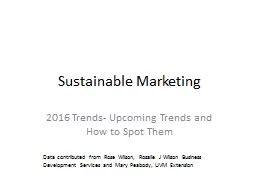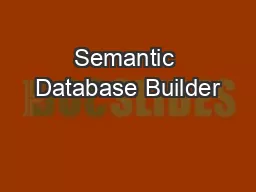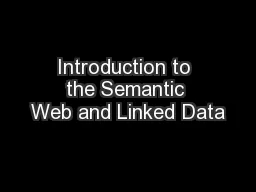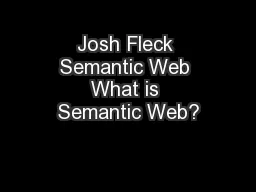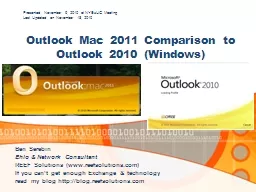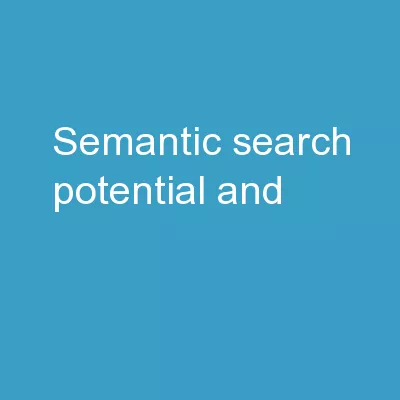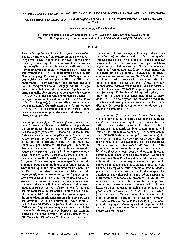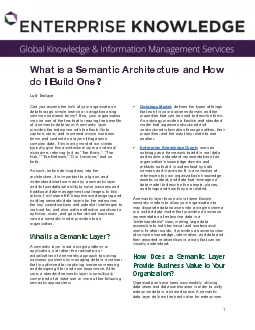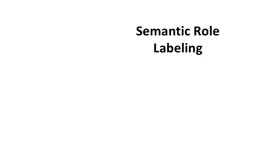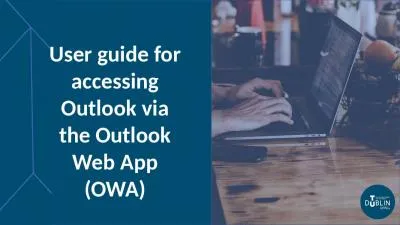PPT-Semantic Web outlook and trends
Author : caroline | Published Date : 2021-12-09
Dec 2018 The Past 30 Odd Years 1984 Lenats Cyc vision 1989 TBLs Web vision 1991 DARPA Knowledge Sharing Effort 1996 RDF 1998 XML 1999 RDFS 2000 DARPA Agent Markup
Presentation Embed Code
Download Presentation
Download Presentation The PPT/PDF document "Semantic Web outlook and trends" is the property of its rightful owner. Permission is granted to download and print the materials on this website for personal, non-commercial use only, and to display it on your personal computer provided you do not modify the materials and that you retain all copyright notices contained in the materials. By downloading content from our website, you accept the terms of this agreement.
Semantic Web outlook and trends: Transcript
Download Rules Of Document
"Semantic Web outlook and trends"The content belongs to its owner. You may download and print it for personal use, without modification, and keep all copyright notices. By downloading, you agree to these terms.
Related Documents

